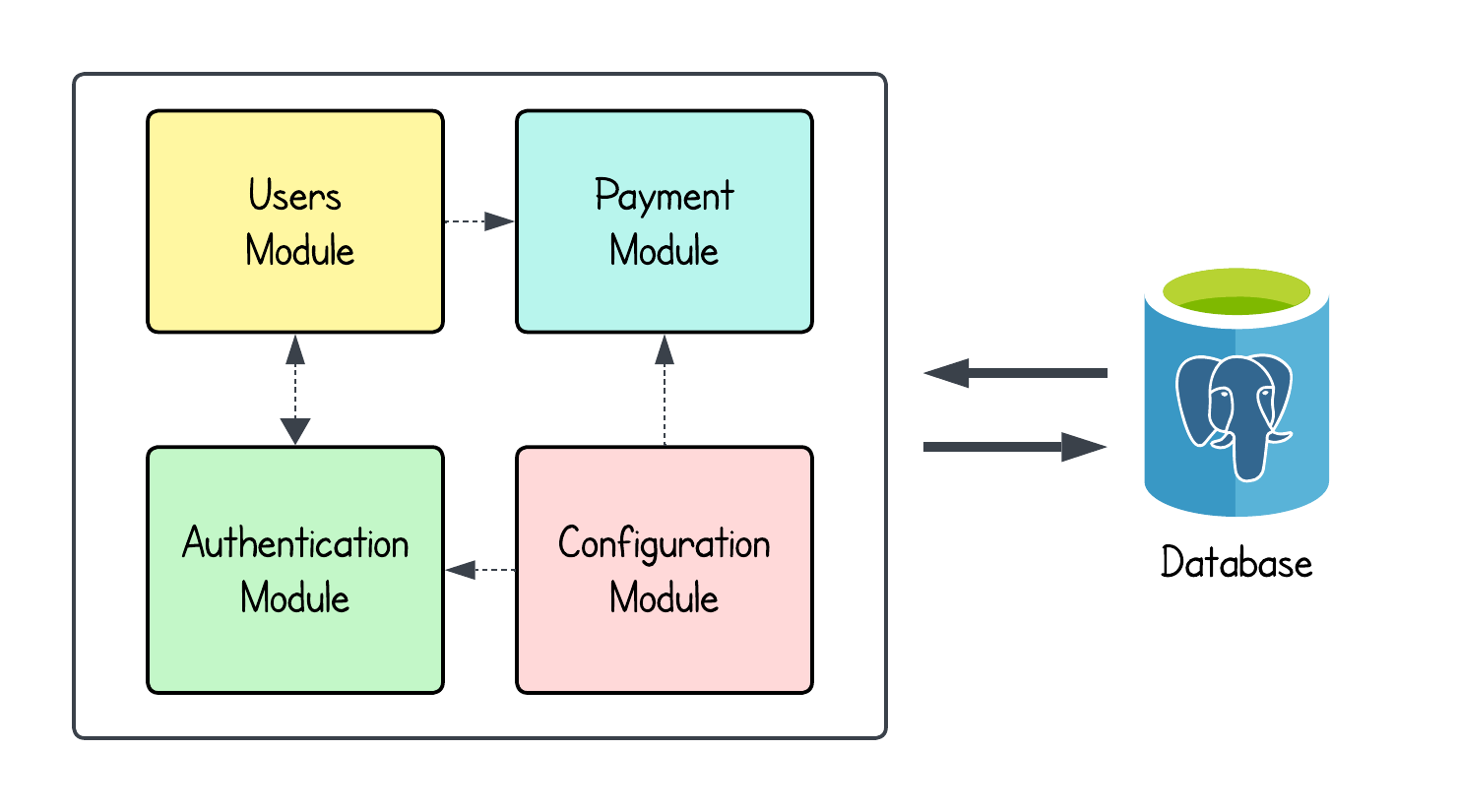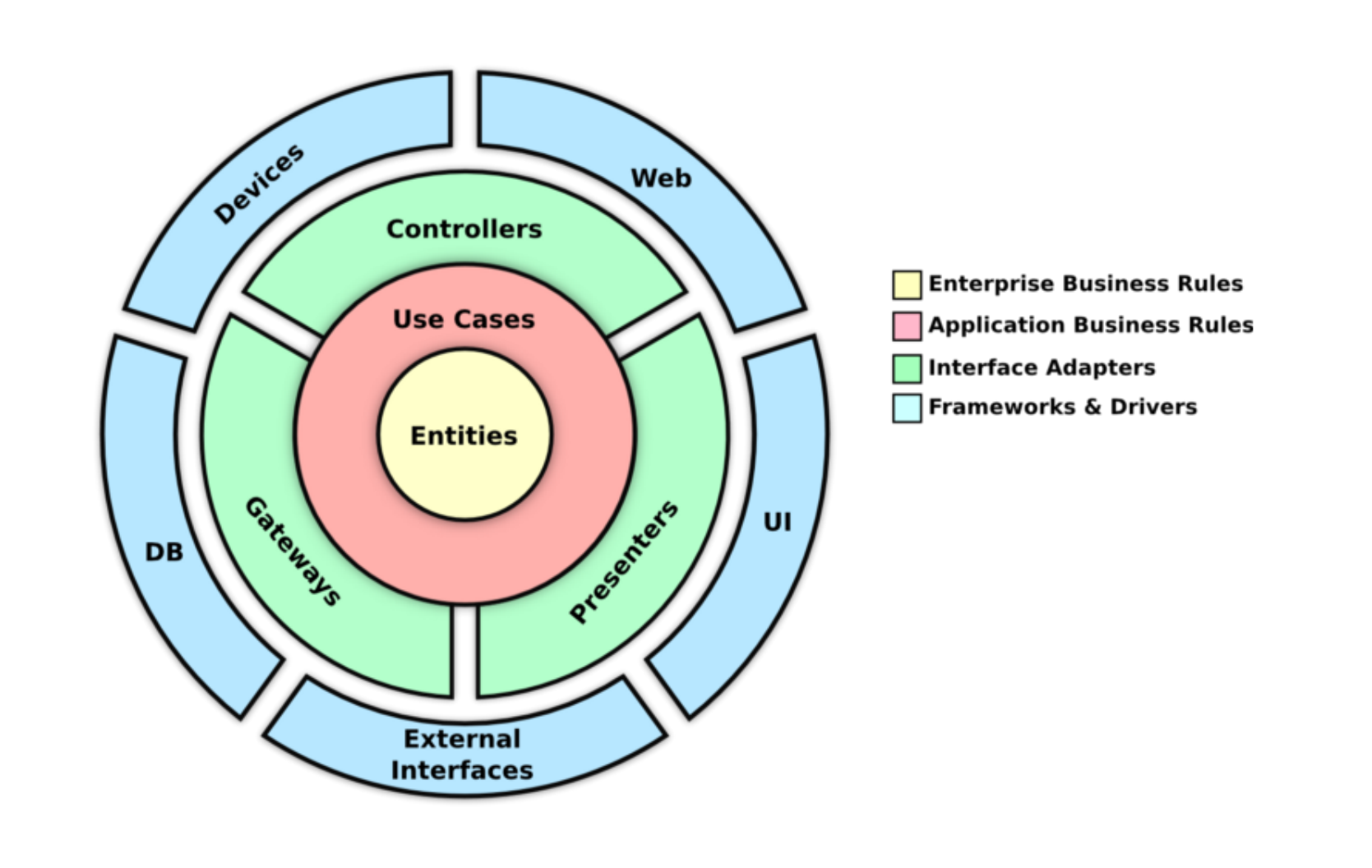nestjs-ddd-quickstarter
NestJS Quickstarter



The purpose of this repository is to create a ready-to-use project following Domain-Driven Design, Clean Architecture and Functional Programming best practices combined with some DevOps techniques such as Continuous Integration, Continuous Delivery and Quality Assurance.
The project is completely open source using the MIT license, feel free to contribute by opening a issue, a pull request or a discussion topic.
In the following chapters you will find a description of the main choices, technologies and techniques adopted.
Stack
| NodeJS | TypeScript | NestJS | PostgreSQL | Mikro-ORM | Docker |
Instructions
- Fork this repository and use it as
templaterepository - Install all dependencies
npm install - Start the PostgreSQL development database in a local container
docker-compose up -d - Provide a
.envfile with all required environment variables (check out.env.distexample file) - Create and generate the database schema from your entities metadata:
npm run schema:update - Start to create your modules and entities following all the principles explained in the below chapters!
Table of Contents
- Architecture
- Domain-Driven Design
- Clean Architecture
- Functional Programming
- Testing
- Continuous Integration
- Continuous Delivery
- Automatic Dependency Update
- Automatic API Documentation Generation
- Semantic Versioning
- Backend Best Practices
Architecture
NestJS provides a modular architecture that allows the creation of loosely coupled and easily testable components.
Although this framework natively supports the development of microservice or event-driven architectures, they will not
be considered because the purpose of this project is just to create a simple, extensible and ready-to-use application.
For this reason, we are going to implement a Modular Monolith: an architectural pattern that structures the
application into independent modules or components with well-defined boundaries.

Example of a Modular Monolith Architecture.
In addition to simplicity and extensibility, a modular monolith allows us to start the development of the application as
a single repository and deployment unit, with distinct and clear boundaries between business contexts.
By this way, we can gradually refactor our architecture to a microservice architecture rather than implementing it from
the beginning.
In NestJS, applications typically consists of multiple modules, each serving a specific purpose or feature set.
A module is a class annotated with the @Module() decorator, and it encapsulates a specific domain or feature of the
application. A module class define providers and inject them into other components leveraging Dependency Injection.
Domain-Driven Design
Clean Architecture

Different layers of the Clean Architecture.
Functional Programming
Testing
Continuous Integration
Continuous Delivery
Automatic Dependency Update
Automatic API Documentation Generation
Semantic Versioning
Backend Best Practices
- Caching
- Data Validation
- Rate Limiting
- API Versioning
- Security
- Logging
- Events




